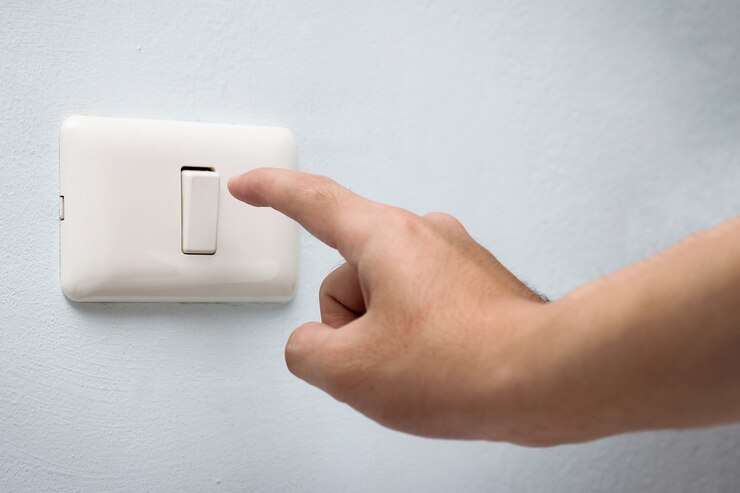A faulty electrical switch can be a minor inconvenience or a serious safety issue. If you’re unsure about how to identify or replace and repair a defective switch, this guide will provide step-by-step instructions to help you troubleshoot and fix the problem safely and efficiently.
Understanding the Signs of a Faulty Electrical Switch
Recognizing the symptoms of a faulty switch is the first step in addressing the issue. Common signs include:
- Lights Flickering: This may indicate a loose connection or an internal switch failure.
- Switch Feels Warm: Overheating could signal an overloaded circuit or faulty wiring.
- Buzzing Sounds: A buzzing or crackling noise is often caused by poor electrical contact.
- No Response: If the switch doesn’t turn the light or device on or off, it’s likely defective.
- Visible Damage: Cracks, discoloration, or burn marks on the switch are clear indicators of a problem.
Safety First: Precautions Before Testing or Replacing
Electrical work involves inherent risks, so always prioritize safety:
- Turn Off the Power: Shut off the power supply to the switch at the circuit breaker.
- Use Proper Tools: Insulated tools and a reliable voltage tester are essential.
- Verify Power is Off: Double-check with a voltage tester to ensure no current is flowing.
How to Test a Faulty Electrical Switch
Testing the switch will help confirm whether it needs to be replaced. Here are several methods:
1. Testing Without Removing the Switch
- Observe the behavior of the light or device connected to the switch.
- Flickering or inconsistent operation could indicate a loose connection.
2. Testing Without a Tester
- Swap the switch’s operation with another functional switch in your home. If the device works with the alternate switch, the original switch is likely faulty.
- Inspect the switch for visible damage such as burns or cracks.
3. Using a Multimeter to Test Power
- Set your multimeter to measure voltage.
- Place the probes on the switch terminals while the circuit is on. No voltage reading typically means the switch is defective.
4. Testing for Continuity
- Turn off the power and remove the switch from the electrical box.
- Set your multimeter to continuity mode.
- Attach the probes to the switch terminals and flip the switch. If there’s no continuity, the switch is broken.
5. Using a Test Light
- Connect a test light to the switch terminals.
- If the light doesn’t illuminate when the switch is flipped, the switch is faulty.
How to Replace a Faulty Electrical Switch
Once you’ve determined the switch is faulty, follow these steps to replace it:
Step 1: Gather Necessary Tools and Materials
- Screwdriver
- Voltage tester or multimeter
- Wire stripper
- Replacement switch (ensure it matches the type of the old switch)
Step 2: Turn Off the Power
- Shut off the power to the switch at the breaker panel and verify with a voltage tester.
Step 3: Remove the Old Switch
- Unscrew the faceplate and the screws holding the switch in place.
- Pull the switch out of the electrical box carefully.
Step 4: Disconnect the Wires
- Note the wiring configuration or take a photo for reference.
- Loosen the terminal screws and remove the wires.
Step 5: Install the New Switch
- Connect the wires to the corresponding terminals on the new switch.
- Tighten the screws securely.
- Push the switch back into the electrical box and screw it into place.
- Reattach the faceplate.
Step 6: Test the New Switch
- Restore power at the circuit breaker.
- Flip the switch to ensure it functions correctly.
Troubleshooting Common Issues
If the new switch doesn’t work as expected:
- Double-check Wiring: Ensure all connections are tight and correct.
- Inspect the Circuit: There may be issues with the wiring beyond the switch.
- Call an Electrician: For persistent problems, professional help may be necessary.
Why Regular Maintenance is Important
Electrical systems require routine inspections to remain safe and functional. Addressing minor issues early can prevent major repairs or accidents. Regularly check your switches and outlets for signs of wear, and don’t hesitate to replace components as needed.
For expert electrical services in Broward County, trust Power Electric FL. We specialize in diagnosing and resolving electrical issues efficiently and safely. Contact us for all your electrical needs!



 Electric services
Electric services
Comments are closed